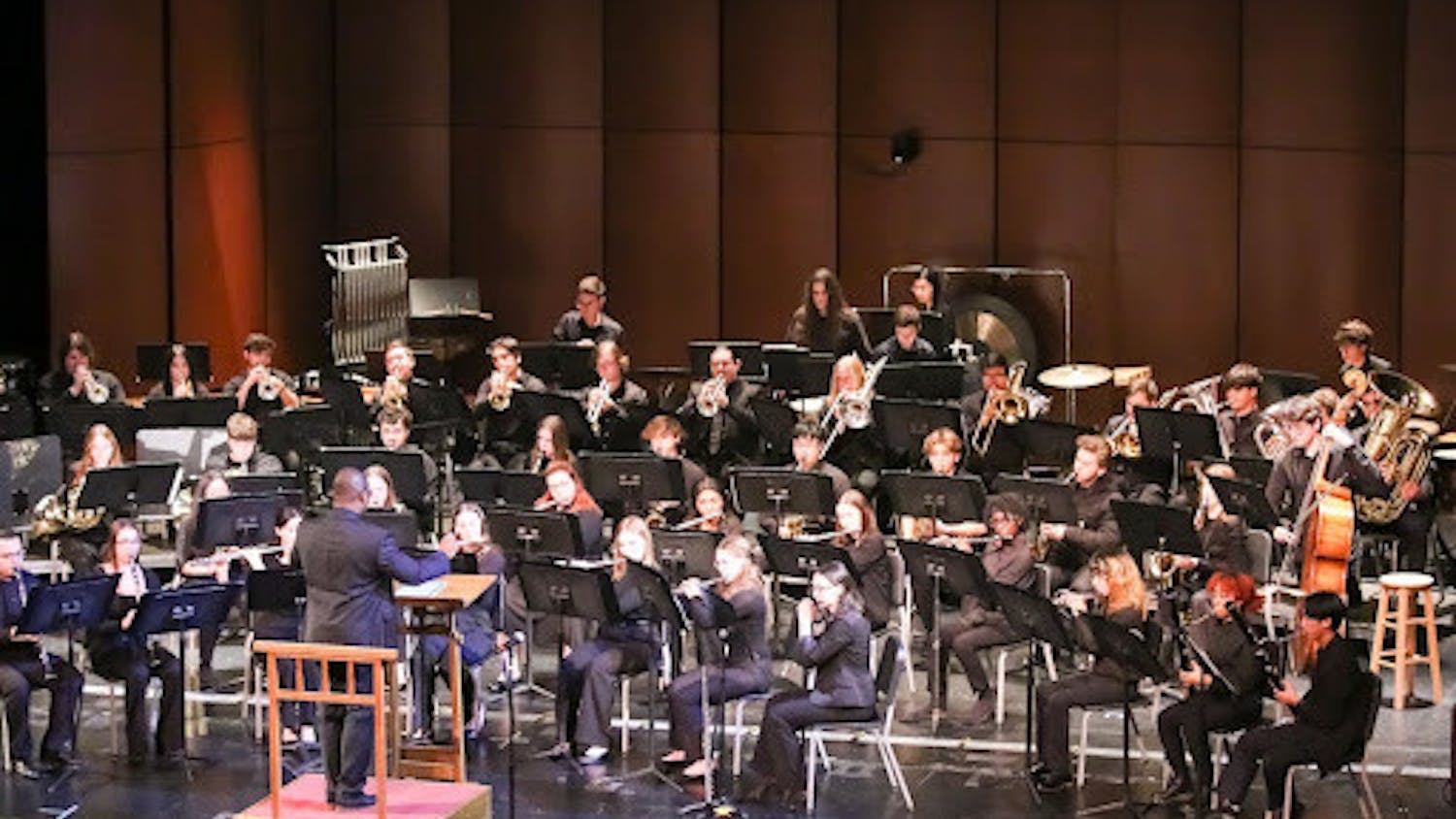By Asia de Lande
Correspondent
In the much-anticipated finale of the “Fifty Shades” film trilogy, readers may be left piecing some scenes together while moviegoers who have not read the books may be intrigued by the suspenseful elements of “Fifty Shades Freed.”
The last film differentiated itself from the first two as a thriller that broke away from expected romantic and sexual themes.
The first two films presented the initial iterations of the main characters — a quirky and awkward Anastasia Steele and a closed-off and haunted Christian Grey. The plot follows their love story and coinciding character growth.
The final movie illustrated a bolder, more mature Steele on an equal footing with the seemingly open Christian Grey, though this was not as well-portrayed in the film as it was in the books. Grey finally learns to love and lets go of his traumatic childhood, while Steele comes into her own, becoming more confident and not allowing Grey to dominate their relationship.
A true fan of the series would know that author E.L. James practically develops all of the distinct film script from the book. The text consists mainly of dialogue and extremely visual, thought-provoking content that easily translates onto the screen. However, this made the instances in which the source material was depicted poorly even more disappointing to those who can pinpoint when important scenes and elements were replaced with fluff.
Some viewers may be satisfied with “Fifty Shades Freed,” yet leave the theater feeling as though the films did not match their expectations. Whenever a book is adapted to film, there is often a great deal of disappointment when directors and screenwriters stray from the book to make the movie more entertaining or mainstream.
In an attempt to create suspense, the first and second films purposefully ended with cliffhangers. The first film ended with an elevator “goodbye” that mirrored the end of Grey and Steele’s first scene together. The second film’s ending scene was instrumental in setting up the third film’s suspense and the next storyline, when Jack Hyde put out his cigarette on a photo of Grey and his family.
The first two films left the audience with unanswered questions that built up anticipation between films. This theme of ambiguity is perhaps the greatest commonality between all three films.
When viewing “Fifty Shades Freed,” the audience can tell that this film was the most faithful to the book, which was very satisfying. When it came to the acting, however, Johnson and Dornan — once again — offer a lackluster representation of Steele and Grey. It is only acceptable at this point since they have played the roles from the series’ beginning.
Although there were many flaws in the acting, the organization of the scenes from book to film was well thought out. While the first two films left major additives and sections out of their respective books, the third and final installment did the most to follow its corresponding novel.
Throughout all three films and books, the two main characters are expected to experience growth both as a couple and as individuals, and the films do not deliver.
The fantasy and romance series almost becomes comedic from its presentation. Dedicated “50 Shades” enthusiasts will likely still stand in line for the third movie — perhaps a shorter line than those for the first two installments. Otherwise, most will say good riddance or chuckle while watching the last film.







